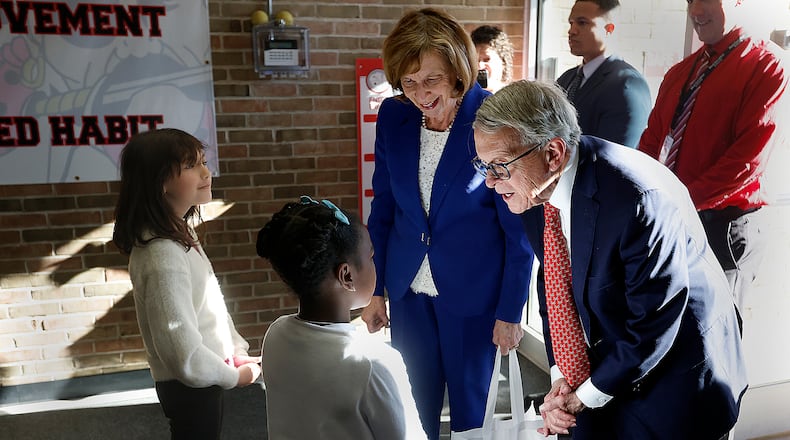The OhioSEE program will serve students in kindergarten through third grade who attend school in these counties, which also include Allen, Butler, Clark, Clermont, Cuyahoga, Erie, Franklin, Guernsey, Huron, Jackson, Lorain, Mahoning, Marion and Ross counties.
OhioSEE will build upon vision services already available through school-based health clinics by funding mobile vision vans and temporary in-school vision clinics to deliver comprehensive eye exams directly in schools, removing common barriers such as transportation, cost, and limited provider availability, according to a press release from DeWine’s office.
The program follows recommendations from the Children’s Vision Strike Force, a group formed by DeWine last year, which found that only about one-fourth of Ohio students in need of additional vision care actually receive it.
ODH estimates the OhioSEE program will serve up to 14,000 children per year once it is fully implemented. OhioSEE services are expected to begin early next year.
“Children must be able to see clearly in order to read, which is absolutely essential to a child’s learning process,” DeWine said in the release. “But, unfortunately, we know that children who need vision care often do no receive it. That’s why it’s imperative we help children and families get the critical vision services they desperately need.”
Studies have shown that 80% of a child’s learning comes through their sense of sight, and that reading scores of children who got glasses increased significantly compared to those students who received glasses later, the press release states.
“This is a historic opportunity for us to make a profound difference in a child’s future, at the beginning of their educational years, by assuring they have their best chance to learn,” said ODH Director Dr. Bruce Vanderhoff.
Funding for OhioSEE is a partnership with the Ohio General Assembly through the 2026-2027 state operating budget.
An official request for providers was released last week to select qualified providers, according to DeWine’s office, and schools will receive information about enrolling in the program later this fall.
About the Author

